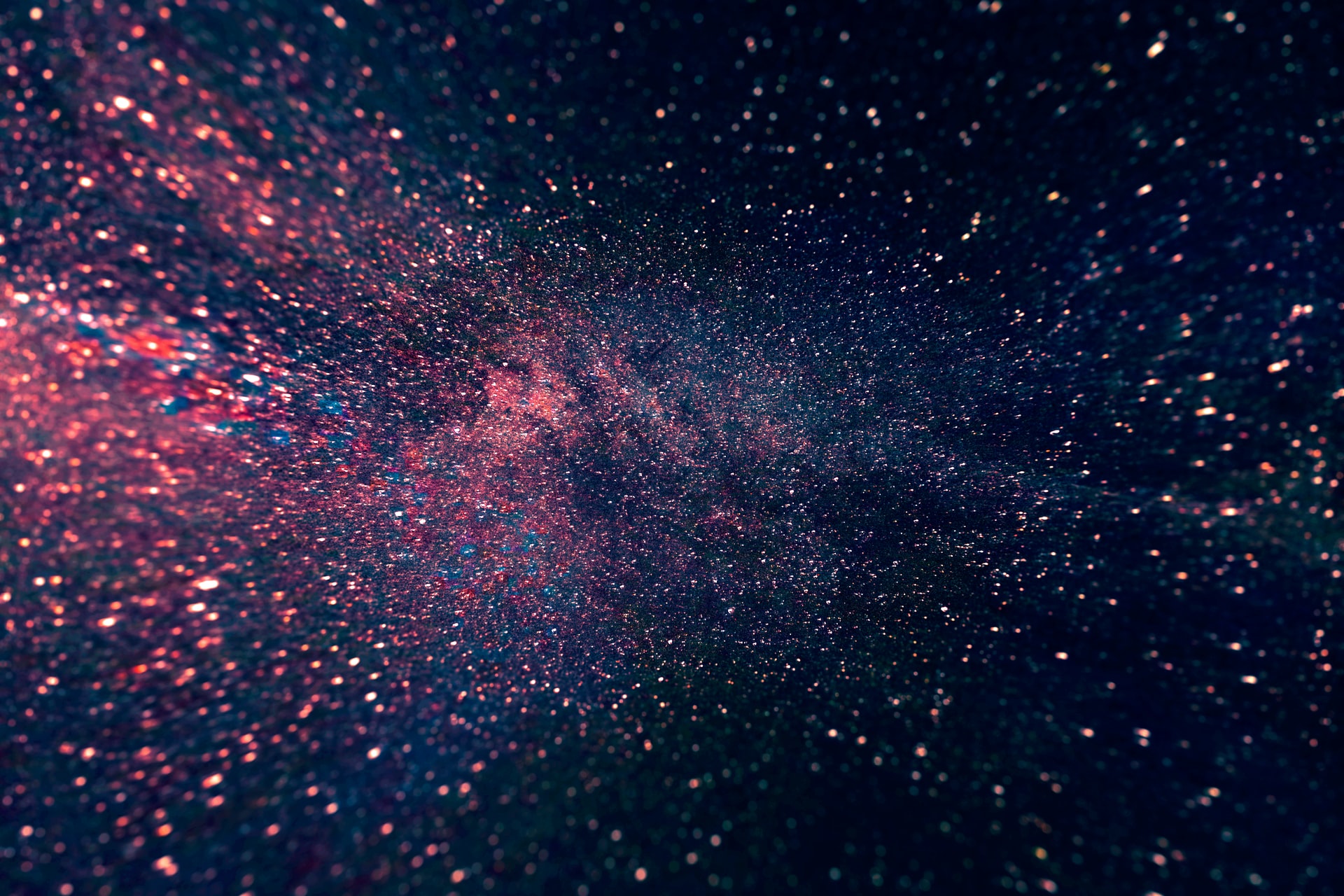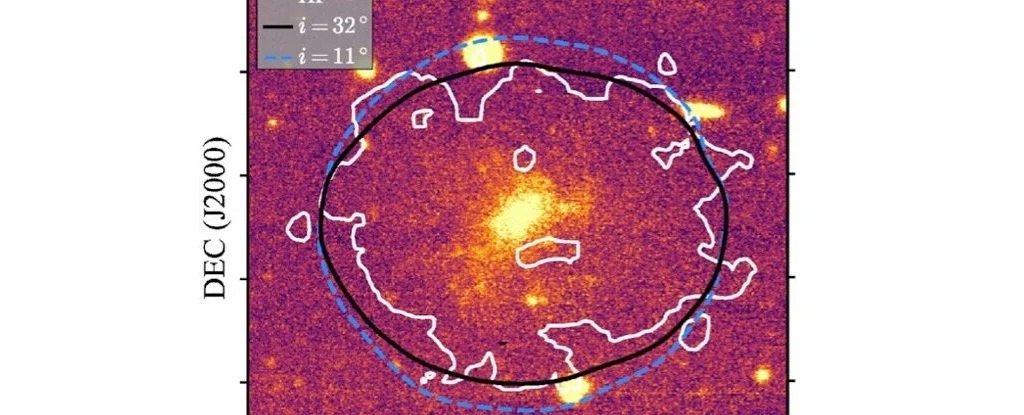A new study of the ultra-diffuse dwarf galaxy AGC 114905 has revived a controversial theory of gravity. The new hypothesis has given scientists more questions than answers about what makes our galaxies move.

It all starts with dark matter. Although most cosmologists agree that there is something called “dark matter” that causes spiral galaxies to rotate faster than they should. But even this mysterious substance does not provide answers to all the questions that we need to explain the mystery of the rotation of galaxies. Scientists decided to consider alternative options.
Milgrom Dynamics Model
One alternative hypothesis about dark matter is called modified Newtonian dynamics (MOND) or the Milgrom dynamics model. This hypothesis was first published in 1983 by physicist Mordehai Milgrom. It assumes that hypothetical dark matter is not needed to fill gravitational gaps in the Universe. It all comes down to calculating the gravitational forces experienced by stars in the outer galactic regions, differently than Newton’s laws do.
To test this idea, which involves working with proportionality to the radius of the star or centripetal acceleration, we need to look at the speeds of galaxies — especially such strange ones as the ultra-diffuse galaxies AGC 114905. These very special representatives of the galactic world have a habit of behaving differently from an ordinary galaxy. For example, some super-dispersed galaxies seem to consist almost entirely of dark matter, while others are almost completely devoid of it.
Strangeness of AGC 114905
That’s where AGC 114905 comes in. This super diffuse dwarf galaxy is about 250 million light-years away from us. The team of researchers found that its rotation was extremely slow — so slow that not only did they not need dark matter to confirm the models, but the rotation curve of the galaxy also questioned the structure of MOND. The galaxy does not agree with any hypothesis.

“The very low recorded rotation speed of this galaxy is incompatible with both MOND and the standard approach to dark matter. However, unlike the theory of dark matter, only MOND is able to circumvent this contradiction,” says Zhao Hong-Sheng, a physicist at St. Andrews University and one of the researchers.
Wrong angle for exposure
A new article by scientists “exposes” the discovery of 2021, suggesting that the problem is not in MOND, but in the slope of the galaxy. When we look at galaxies far into the depths of space, it is sometimes difficult to confirm at what angle we see it. The original team found that AGC 114905 looks elliptical, suggesting that we are looking at the galaxy from an angle. But using simulations, researchers now suggest that the galaxy may appear elliptical even if it faces us directly. Changing the angle of the galaxy relative to us will also change the speed of rotation of the galaxy, as a result of which all the mathematical calculations of MOND will eventually add up.
“Our modeling shows that the slope of AGC 114905 may be significantly less than previously thought. This means that the galaxy is actually rotating much faster, in line with MOND’s expectations,” says lead author of the new article, physicist Indranil Banik from the University of St. Andrews.
If this new conclusion is confirmed, it seems that the MOND structure could become a serious competitor to the idea of dark matter. While dark matter has not yet been detected, apart from indirect signs, MOND may receive new life as an explanation for the existence of galaxies in the Universe.
Earlier, scientists found out that collisions can deprive galaxies of dark matter.
Follow us on Twitter to get the most interesting space news in time
https://twitter.com/ust_magazine
